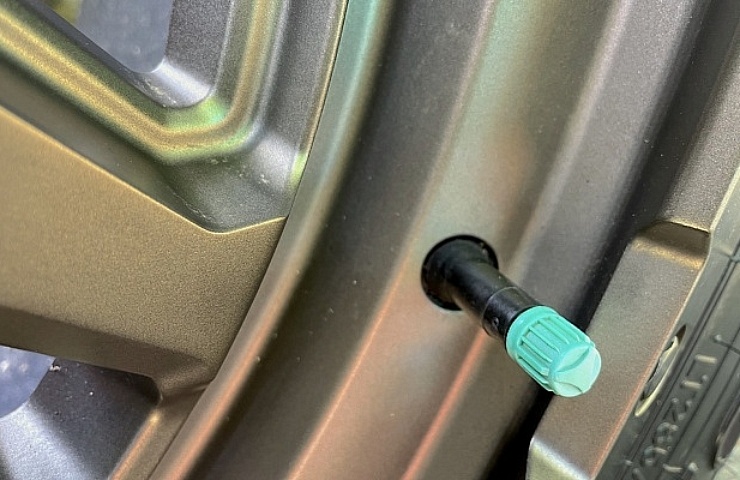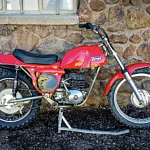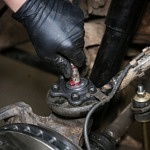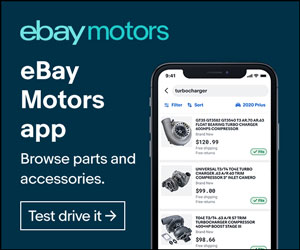Tires are the only part of your vehicle that touch the ground, making them one of the most important safety features. Within the tire, however, the most important part isn’t the rubber – it’s the air. Think about it – if you don’t have air in your tires, your car isn’t going anywhere. The air itself holds the car off the ground, so it’s a critical component of safe driving.
What Are the Pros and Cons of Nitrogen in Tires
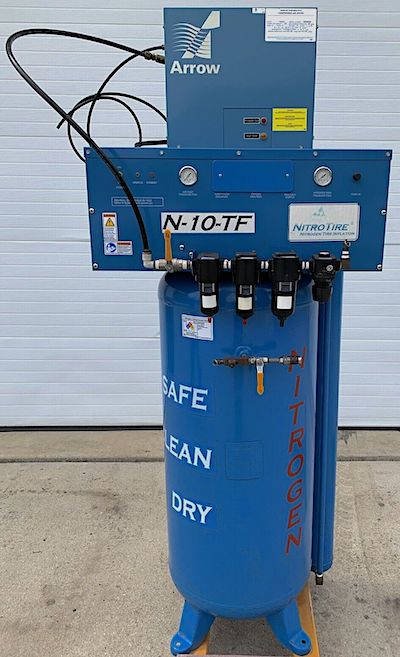
Looking for commercial nitrogen tire inflation equipment? Yep, it’s on eBay.
Plain air already has around 78 percent nitrogen, but it’s the other stuff that makes it less than ideal for use in tires. Oxygen itself causes rubber to degrade very slowly over time. So having oxygen inside the tire could, in theory, lessen the lifespan of your tires.
There has long been a rule of thumb that the tire pressure changes by around one psi for every ten degrees Fahrenheit in ambient temperature change. That’s why in cold weather, your tire pressure (TPMS) light might light up. Pure nitrogen, however, doesn’t fluctuate nearly as drastically, as it doesn’t contain the moisture and humidity found in plain air. Thus a nitrogen-filled tire should remain at the optimal pressure more often in areas with fluctuating temperatures.
Optimal tire pressure is important for two key reasons. A study published by the US Environmental Protection Agency (EPA) over forty years ago explains how low tire pressure effects fuel economy. Simply put, when rolling resistance is increased, it reduces a vehicle’s fuel efficiency. In addition, under-inflated tires wear unevenly, due to increased friction on the outer sides of the tread.
So theoretically, if tire pressure is constant and there’s less wear, you’ll get more miles from a set of tires. Whether or not it saves money in the long run is the big question.
Shop now for nitrogen tire inflatorsThe biggest downside to nitrogen-filled tires is the cost. How much does it cost to put nitrogen in tires? Prices vary by location and retailer, but costs can run from $30 to $100 per tire. That’s due to the procedure required to purge the tires of plain air and to properly fill the tires with pure nitrogen. It’s complicated and requires specialized machinery.
This brings up the secondary concern — finding a nitrogen-filling station. If your tires need to be topped up with nitrogen, it requires a visit to a tire shop or dealership. It’s exceptionally rare to find nitrogen at a service station, due to the specialized equipment, There’s a reason why they use those fancy green caps on the valve stems.
Can You Mix Nitrogen and Air in Tires?
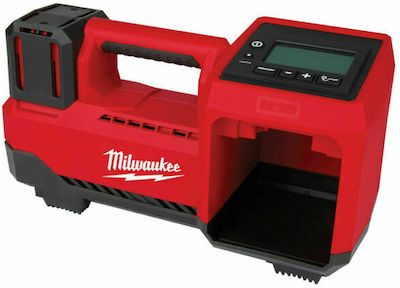
The Milwaukee M18 cordless tire inflator is a top seller.
What happens if you’ve filled your tires with nitrogen, and you find yourself driving with a slow leak? It’s perfectly fine to use an air compressor to top up that tire with plain air, or stop at a service station and use their pump. However, know that you’ve now lost the benefit of pure nitrogen in that tire.
Of course, you should always check the pressure in every tire periodically, whether it is filled with nitrogen or plain air. The nitrogen-filled tire might need to be filled less often, but the tire still could develop a slow leak and watching that pressure is critical for driving safely.
Shop now for tire pressure gauges
